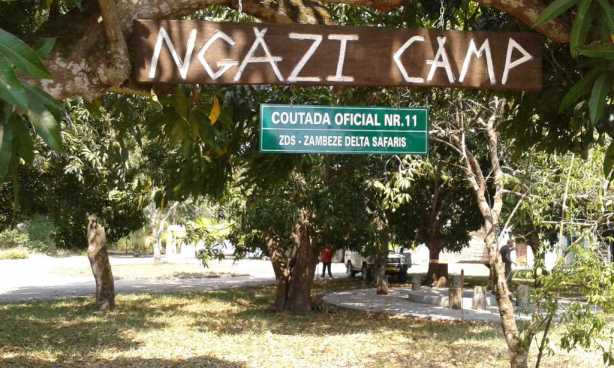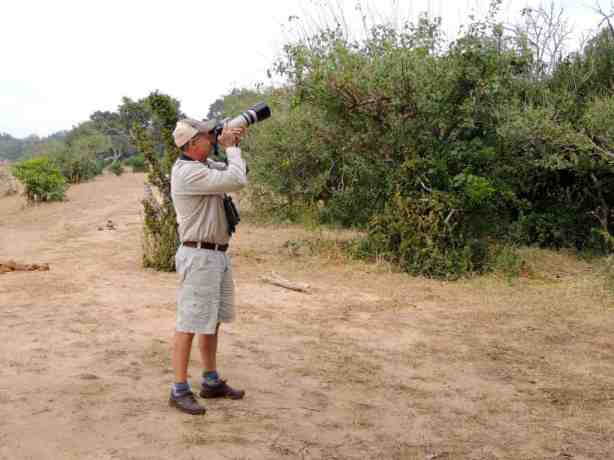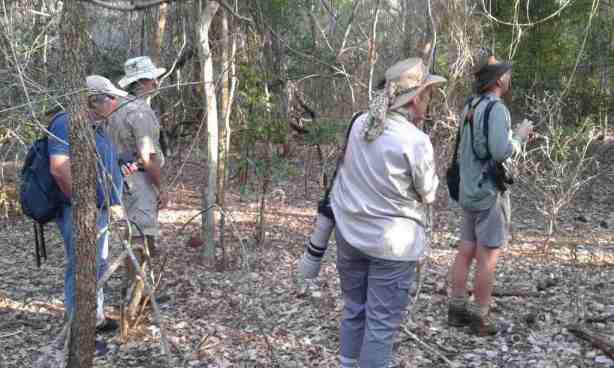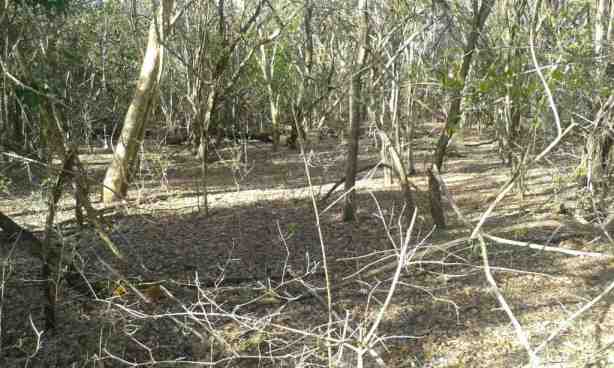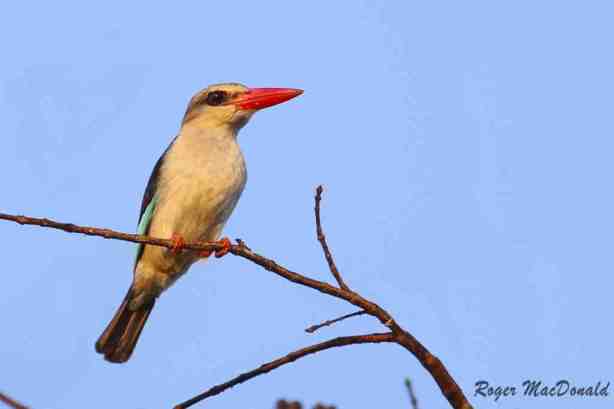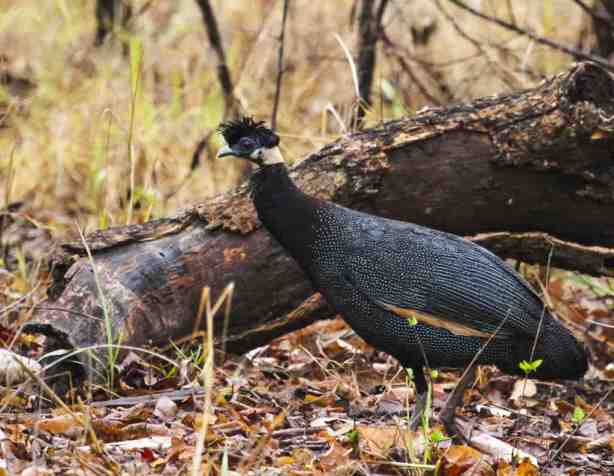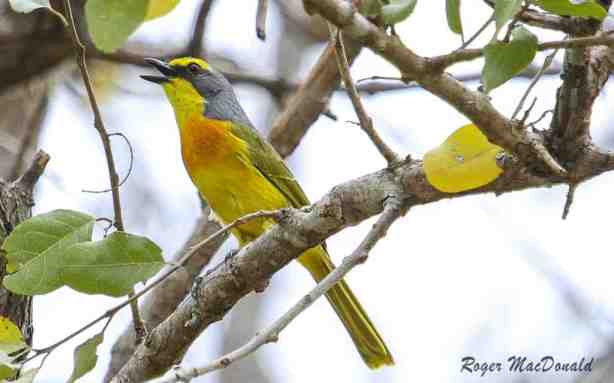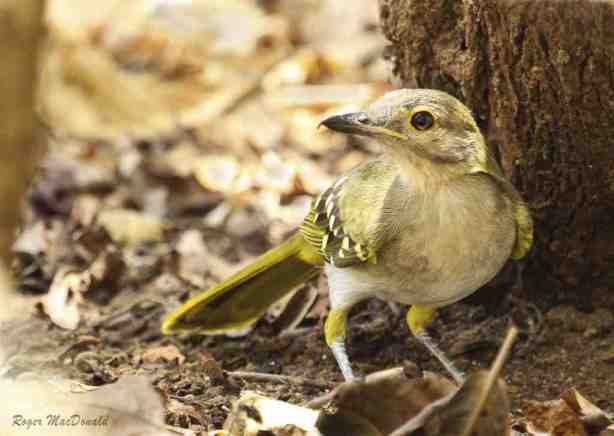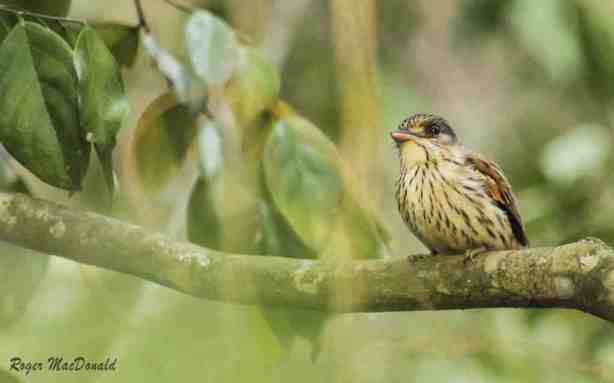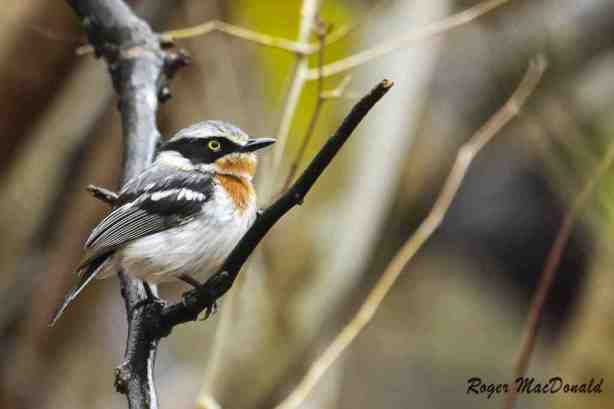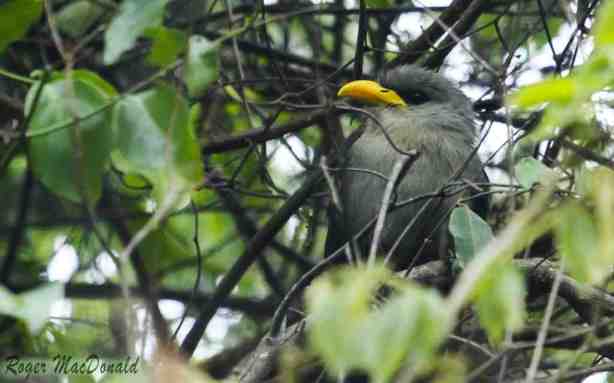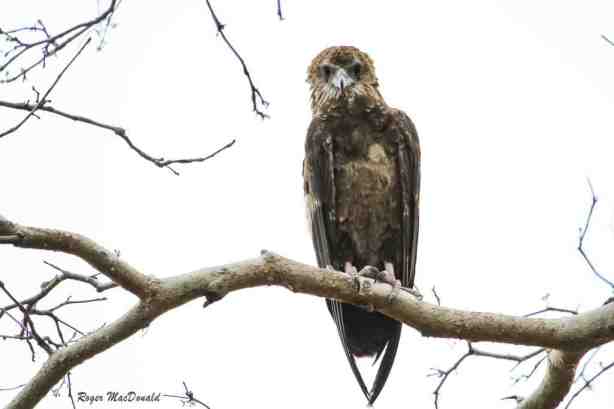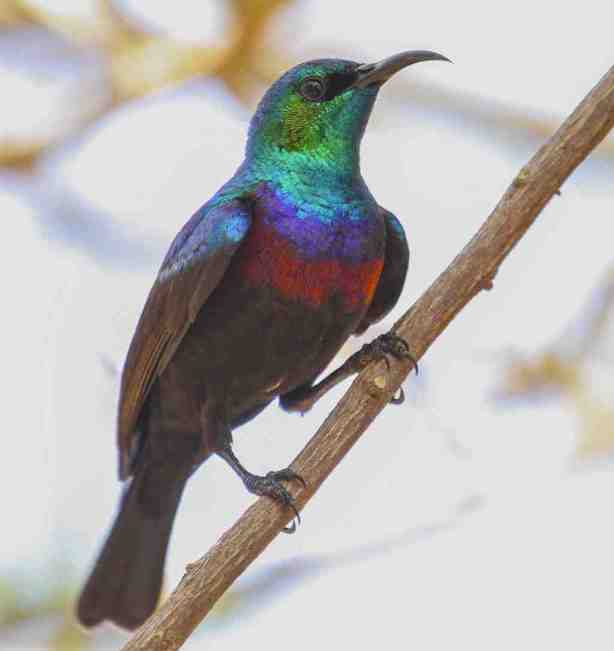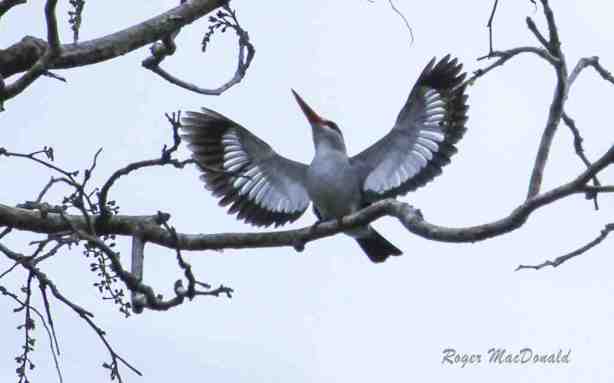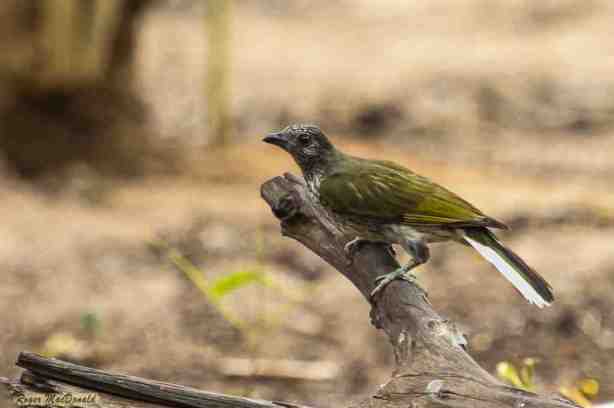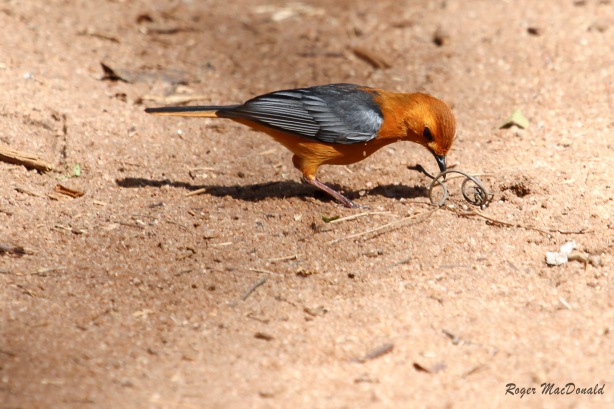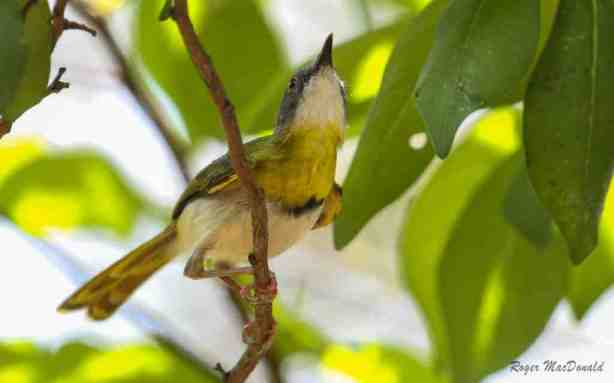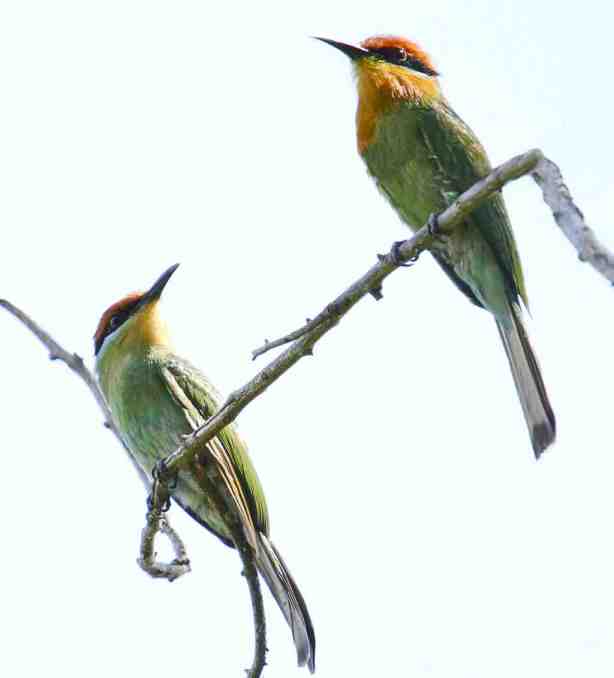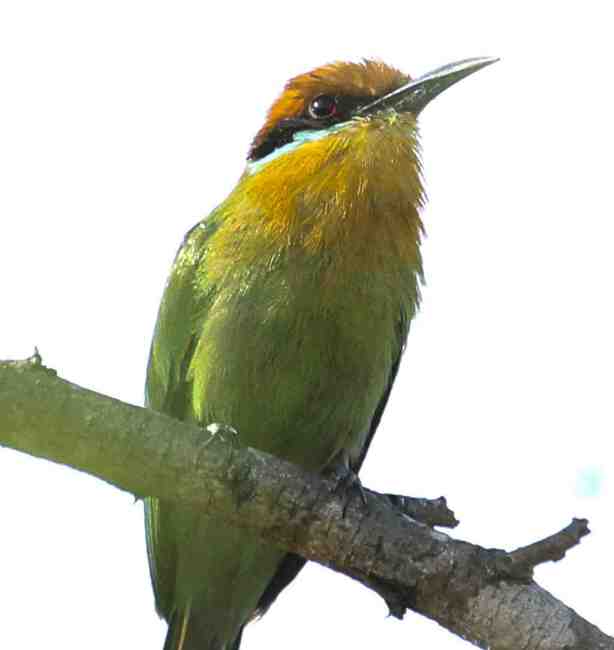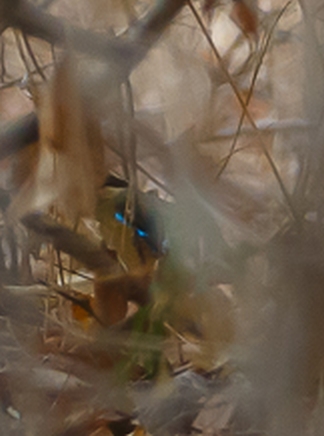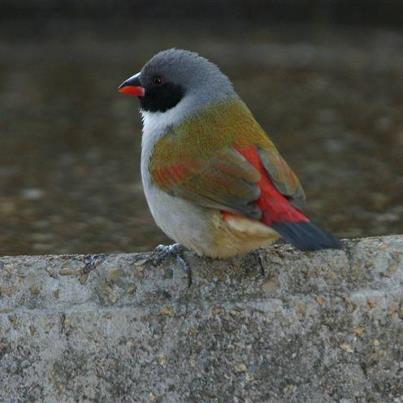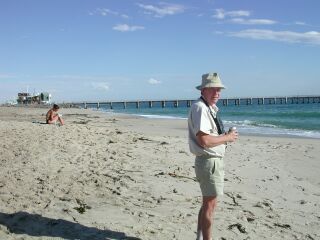Hi all
I am just too embarrassed to apologise yet again for the infrequency of these posts !!
Jan and I have had a busy 2015 to say the least. How does TEN trips to different parts of the Zambezi River sound?
We started in early January by driving to the Victoria Falls where I was to pick up my long time client JNV. We arrived safely and there he was waiting for us. We checked into our various accommodations and went birding – specifically for Schalow’s Turaco and Rock Pratincole. We failed, unfortunately.
Next morning we set off early to the Botswana border at Kazangula, crossed into Bots and headed straight towards the Namibian border at Ngoma Bridge over the Chobe River, crossing into Namibia’s Caprivi Strip and on to Katima Mulilo. We had set ourselves a huge mileage target for the day so westward we continued. After about 130km it was time for a pit stop and we pulled into a Lay-by (Nam has fantastic Lay-by’s).
On the top of a tree was a largish brown raptor and as JNV and I approached I said to him “This is going to turn into a Common (Steppe) Buzzard.” Raising our binoculars JNV and I both commented that it had a white head. After a minute or so the bird then took fright and took off to an immediate comment from JNV “It’s too big.”
Amazingly within just a few wing beats it already began to soar and we had excellent ventral and dorsal views for the minute or so that it took to gain altitude and depart. The wings were large and “blocky” or squarish and the flight was very sluggish and slow before it soared so easily.
The primaries were dark tipped and there were distinct black patches on the underwing at the carpal, or wrist, joint. The leading edge of the wings and the underwing coverts were a honey/tan colour and the trailing edge very pale with just the slightest hint of dark tips to the secondaries. The chin area was the same yellow-brown colour as was the spotted and mottled belly and dark thighs (with the chest just slightly paler). As mentioned above the head was totally white and the rest of the dorsal view revealed a largely uniform brown to tan colouration but the dark patches at the carpal joint were again noticeable. One of the most striking features was the tail as it was extremely pale and appeared almost translucent whilst very faintly barred with pale cinnamon barring.
We spent the next hour pouring over the various field guides that invariably litter the back seat of the car and came to the unanimous conclusion that we had just seen a Long-legged Buzzard (Buteo rufinus). Due to the still pale tips to the trailing edge of the wing probably an immature or just sub-adult bird.
A very very rare bird in southern Africa and we were ecstatic.
Onward to Divundu and then past Popa Falls to a delightful riverside lodge from where we would explore the Mahango National Park in which we found several more ‘needed’ birds. Two nights there and back eastward to another lodge on the Kwando River from where we explored the newly formed and very remote Mudumu National Park.
This post is supposed to be about the Zambezi ……. OK ……. the next stop was Kalizo Lodge just east of Katima Mulilo and it is right on the great Zambezi.
What a delightfully refreshing place. Jan and I are very fortunate to own a roof-top tent which is just perfect for this sort of campsite.
Birding around here was also excellent and we were very surprised to discover Miombo Blue-eared Starlings about which are well separated from the rest of the southern African population. The southern limit of the Angolan birds I suppose.
After two brilliant days there, it was back to Vic Falls.
It happened to be Jan’s birthday so I felt she should be treated to dinner at the legendary Victoria Falls Hotel
And the dinner ………
The next day we took JNV exploring to a site he hadn’t heard of before – Chamabonda Vlei. This extensive wetland runs east to west through the Zambezi National Park about 18 km and is very interesting for both mammals and avian species.
We found some good birds too. African Crake, Common Button Quail and a lifer for JNV – Cuckoo Finch.
The next day it was time for JNV to leave us and to wend our way home. Did we go the sensible way through Bulawayo? No. Did we take the shortest route through Lupane and Nkai? No. We turned left at the Dete ‘crossroads’ and across the Gwaii River.
After we ran out of tar road things got worse.
At least, it was lovely and green – not like our current drought a year later.
Our destination was Chizarira National Park – a new place for Jan to tick off her bucket list!
After checking in (and finding out we were the only visitors in the Park) we drove to our camp site which I had sorta kept a secret from her.
She was blown away at the scale of these ‘hidden gorges’. And then we spent the afternoon sitting quietly – with a cold beer or two – watching the rain storms over – yes you guessed it – the spectacular Zambezi Valley.
Next day it was a long, bumpy and, fortunately, uneventful drive home to Harare via Gokwe.
Our next Zambezi experience was not until April when Jan and I accompanied the extended McComb family on a houseboat holiday on Kariba. As always these are wonderfully over the top holidays with way too much food and possibly just about enough to drink.
Kariba is renowned for it’s wonderful sunsets but the highlight for me was on our penultimate day we witnessed a mini cyclone on the lake. It is a lousy photograph but I just had to include it.
That weather can easily be described as mean and nasty and ugly but also beautiful!
By early May, I had managed to conjure up sufficient evidence to persuade Jan that we needed to go back to Mphingwe Lodge in Moçambique. So off we went.
The lodge is set right in the forest and as evidence, I post a pic of this butterfly on my side-table in the outside lounge area.
This may be way out of context for this post but I couldn’t resist it! Land Rover owners will understand and probably not forgive me…….
One of my main reasons for making this trip was to explore the Zangue River delta. The Zangue is a minor tributary of the Zambezi and due to the terrain being so flat and low lying a large delta forms when water levels are high. I knew I had clients later in the year who wanted to go there so a reconnaissance was obligatory.
It was only a few weeks later, still in May, that it was time for Jan’s annual “Ladies trip” on a Kariba Houseboat.
She had a good time – I am sure many G & T’s were consumed –
And the compulsory sunsets captured ……
Having seen out May, we needed to return to Victoria Falls in June for me, as outgoing President, to chair my last BirdLife Zimbabwe AGM. Yes, some constitutionally limited Presidential terms still work! I said to Jan that as we would be driving right past the Kazuma National Park we should pop in to have a look for two very good reasons. 1. I had last been there in the early 1970’s which is a long time ago. 2. Jan had *never* been there.
Way back in time it was called the Kazuma Depression – a huge wetland of no use to the myriad of cattle ranches surrounding it. Sometime in the ’60’s the then government (mis?) appropriated these ranches and turned them into the Matetsi Safari Area which still exists to this day and the “depression” was declared a National Park, its purpose being to act as a wildlife refuge from the surrounding hunting area.
Jan agreed with my reasoning so we set off for the Falls days earlier than necessary. To get to Kazuma you need to drive to the tiny border town of Pandamatenga and then head north following the Botswana border.
Then you simply follow the signage ….
We were booked to stay in Nsiza Camp which simply doesn’t exist. Just choose a spot and it’s yours.
I chose that rather bleak looking patch of Mopane for the morning view from our tent.
The second night we moved to Kachetechete Camp. Won’t bother next time except …….
…… I took this pic of our two chairs from the spot where a couple of African Wild Dog, Painted Hunting Dog to some, chased an Impala through camp whilst we were sipping cold beers in the aforementioned chairs. Camera of course not to hand !!
There is quite a lot of game in the Park.
And of course, birds ….
Quite pleased with that one!
Anyway, it was now time for me to attend that bloody meeting. It had been decided to time it to coincide with the Vic Falls Marathon so as to get the best publicity and exposure for BirdLife. To the extent we branded a hire bus and took a whole bunch of members up there for the festivities.
Then there was the Marathon, and a full day of Vulture awareness conference activities.
Then the bloody AGM and finally sundowners overlooking the Falls and Gorges.
June was busy busy busy. A local safari operator runs a small exclusive lodge on the Zambezi (funny that) at Nyamoumba Island. This was a location I know well from years ago when it was a humble fishing camp. The now concessionaires needed a comprehensive bird list for the area and approached BirdLife for assistance. Finding volunteers was not difficult.
Very clever roof that …. it is well laid second-hand conveyor belting.
The view from the front lawn is amazing and, yes, the conical hill is in Zambia. After my Sandgrouse here is a very lousy pic ….
Well, the bird list was done and I resolved that when my extended family visited, from Australia and the Philippines, that Nyamoumba was just the place to initiate them into Africa and as they were due in August it was barely a month until we were back again.
It was warmer in August so the pool was utilised.
We also used the boats a bit more as I was not “listing” birds.
Going up the Kariba Gorge towards the dam wall is an amazing experience.
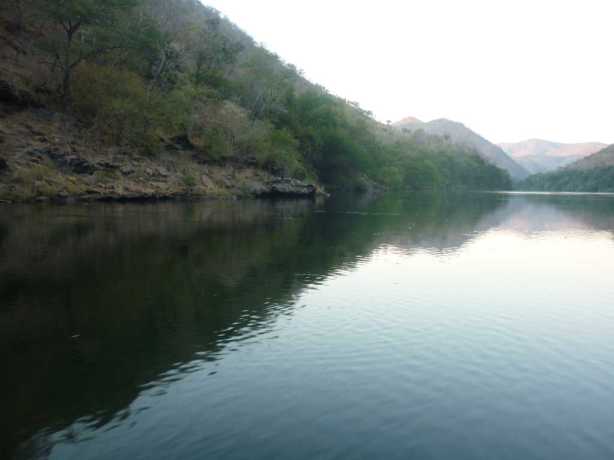
And this time, Elaine (the chick with the Wine) got a decent picture of the Pel’s Fishing Owl

A much much better shot
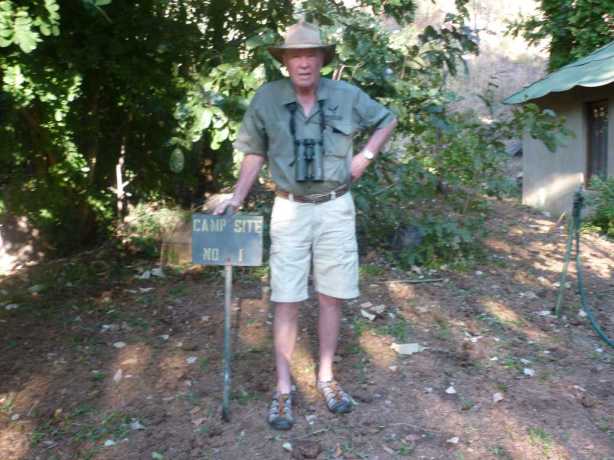
The old campsite sign
I found the old National Parks sign to the camp we used to use decades ago.
My goodness, we were busy people. After I had seen off the herds of extended family it was time to leave on the Matusadona National Park annual Game Count. We were driving in via Magunje and once in the Park we decided to camp en-route to Tashinga and we chose a picturesque spot in the Gubu River. Carl prefers to use a hammock.
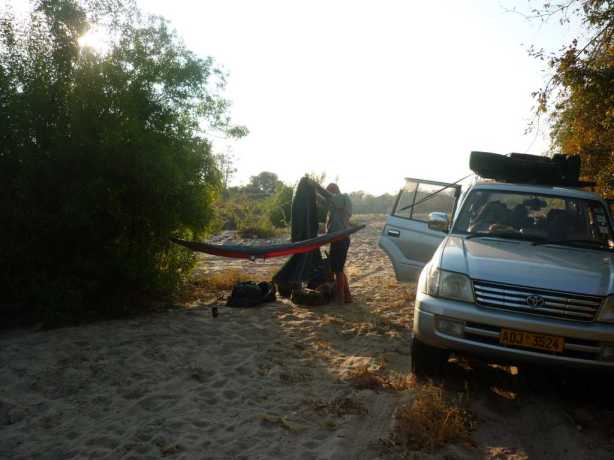
The hammock set-up procedure
I prefer a tent.
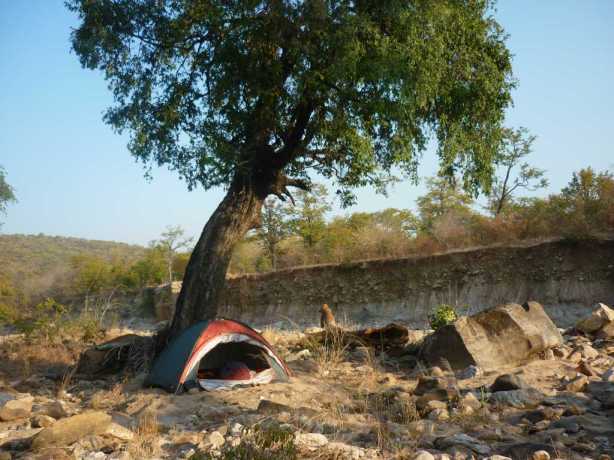
My chosen spot
After leaving the next day we needed to set up two campsites – one in Tashinga for nights two and four and the other for our overnight 24-hour vigil.

My Tashinga Site

24-hour game count site
The Game Count was organised and managed by the Matusadona Anti-Poaching Project (MAPP)
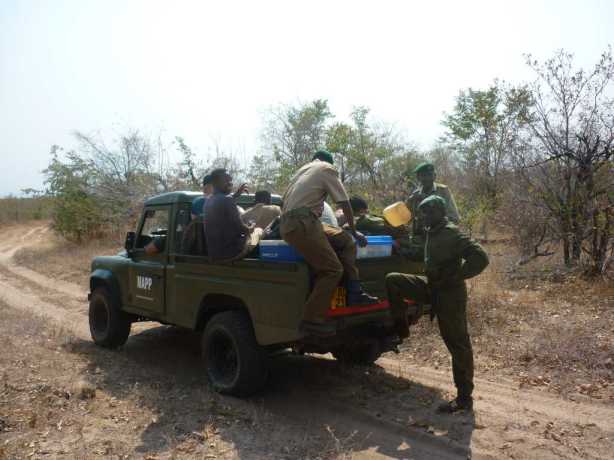
Matusadona Anti-Poaching Project vehicle
After the 24 hours was up we had developed an almost unquenchable thirst and because Kariba lake levels were very low we could drive to the resort on Spurwing Island where many beers were consumed.
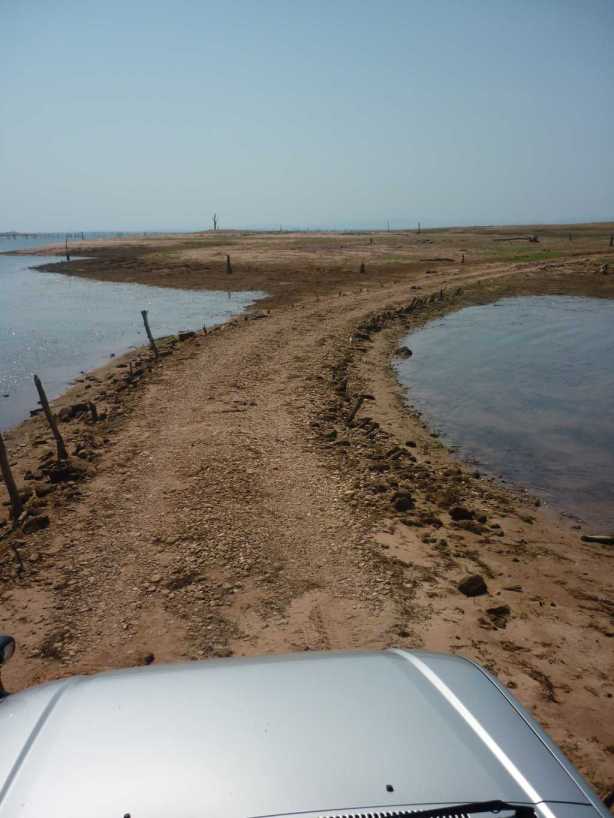
Causeway to Spurwing Island
There was time for some birding in Tashinga before we returned to Harare.
Ok ok – nearly done now. I had clients coming and they arrived on December the 2nd but not in Harare. In Beira !! So I was off to Moçambique to pick them up. I was a little early for their flight from Johannesburg so I waited patiently at Clube Nautico.
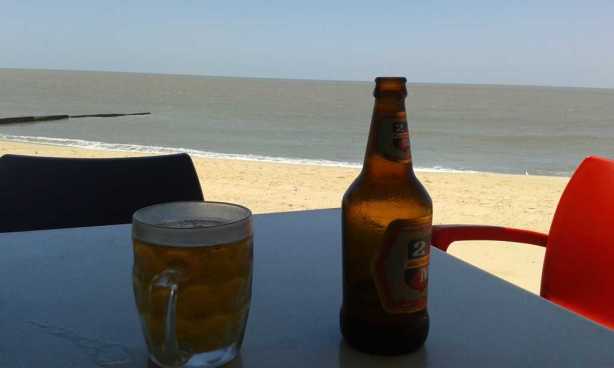
2M at Clube Nautico in Beira
Picked the three of them up (including JNV !) and off we went. Firstly to Rio Savane.
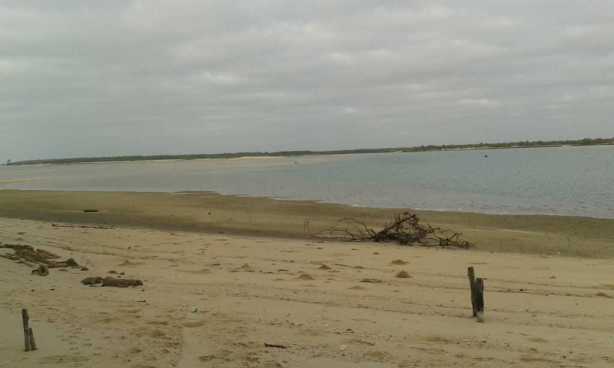
Rio Savane
To get to Rio Savane, you need to cross the river on a boat taxi. Lots of accommodation options from camping to little cabins to some rather more luxurious chalets. This is the one we stayed in.
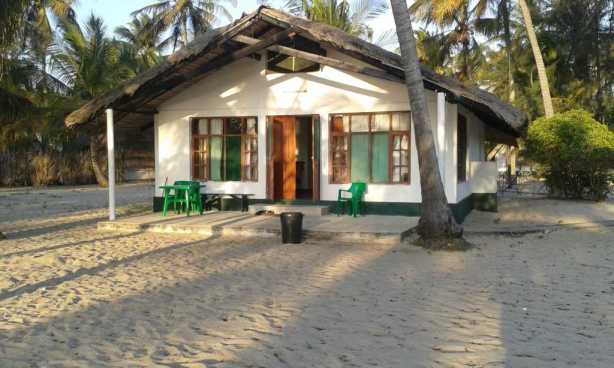
Rio Savane Chalet
Birding around the area is very rewarding and we were soon picking up ‘lifers’ for the crew. Locust Finch, Wattled Crane, Lesser Jacana, Lesser Sandplover and some other interesting things ….

Tiny Butterfly
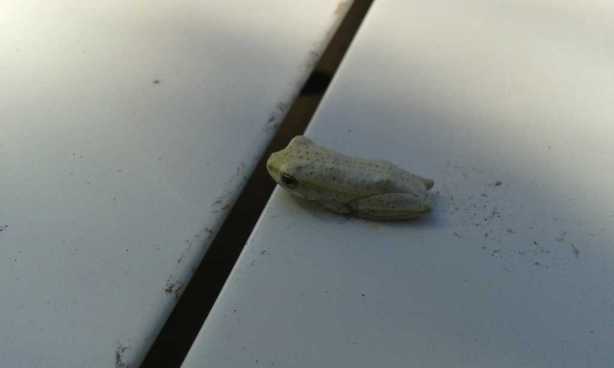
This tiny Tree Frog is on the bonnet of the Cruiser. That’s the gap between the bonnet and the fender
After a few days, we packed up and took off again, northwards to Mphingwe again and the Zambezi Delta. All the Panga Panga (Milettia stuhlmannii) were in flower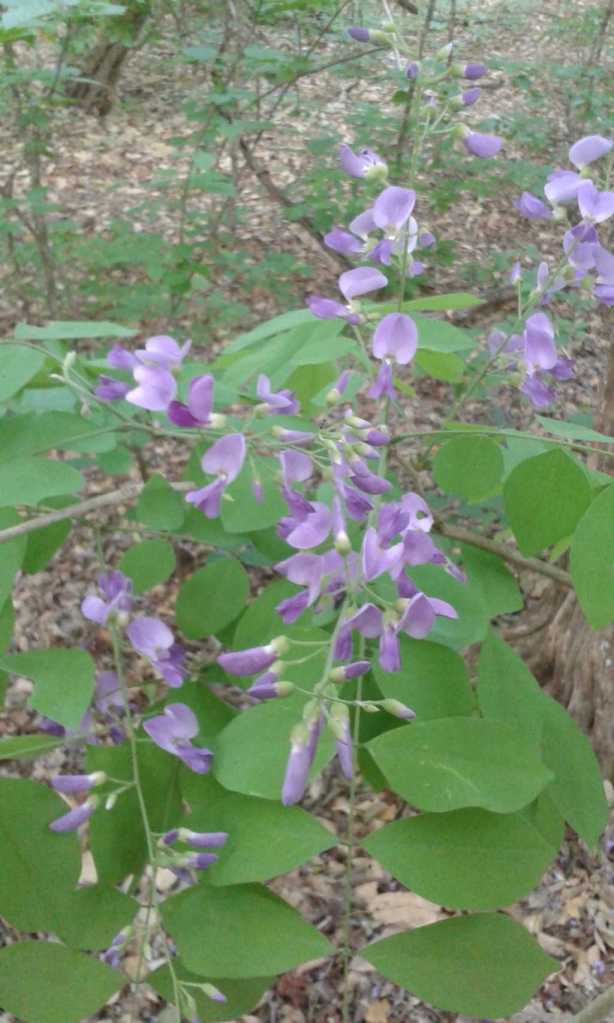
Panga Panga flowers (Milettia stuhlmannii)
Then we headed off through the “Coutada” Hunting Concessions 11 & 12 where we had fantastic birding. Black-headed Apalis, East-coast Akalat, White-chested Alethe just to get started. The Miombo woodland is stunning and so very much more magnificent than the piddly stuff we get in Zimbabwe.
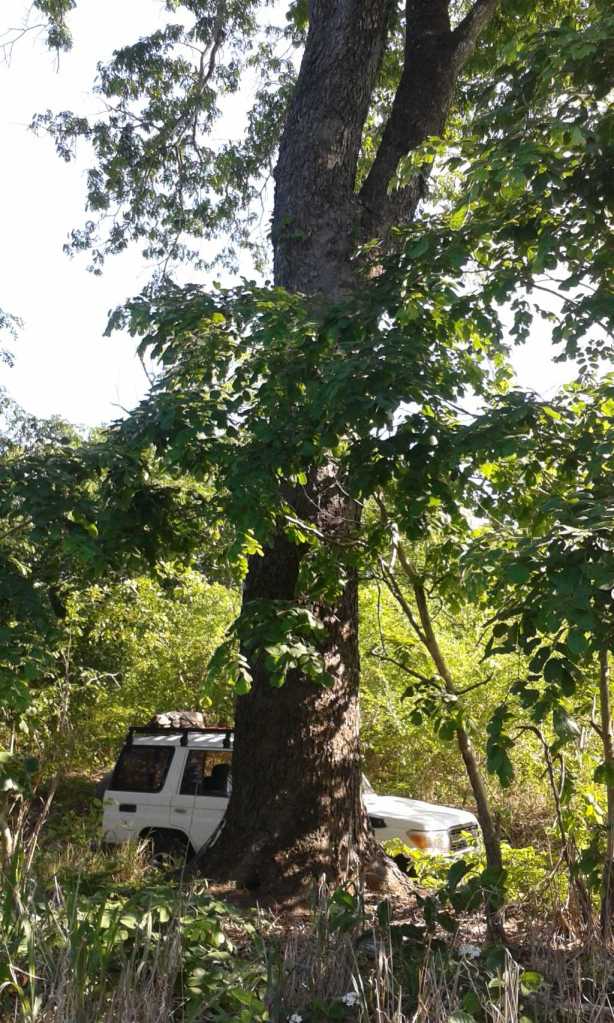
Msasa tree (Brachystegia Speciformis) (the editor can confirm that’s a bloody big Msasa)
How is that for a huge Msasa??!!
After several hours, we started to enter the Zambezi Delta.
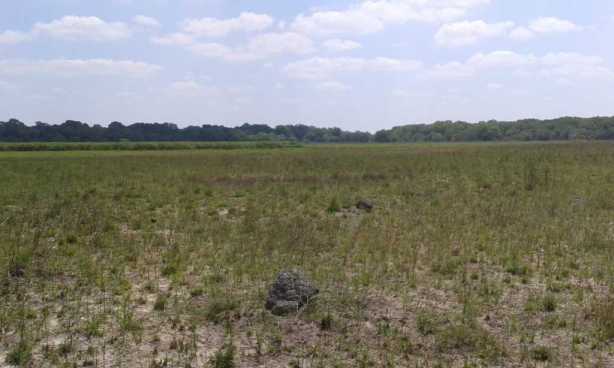
Zambezi Delta in Coutada 11
This is pretty much the end of the road – and indeed of this very long post. Undoubtedly the birding highlight of the trip was a cracking Barred Long-tailed Cuckoo which was a lifer for all of us !!
Thanks for listening ….
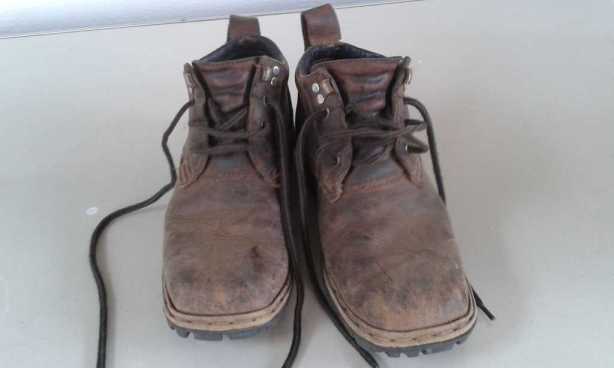
A year of hard walking !!
Cheers for now
Tony










































